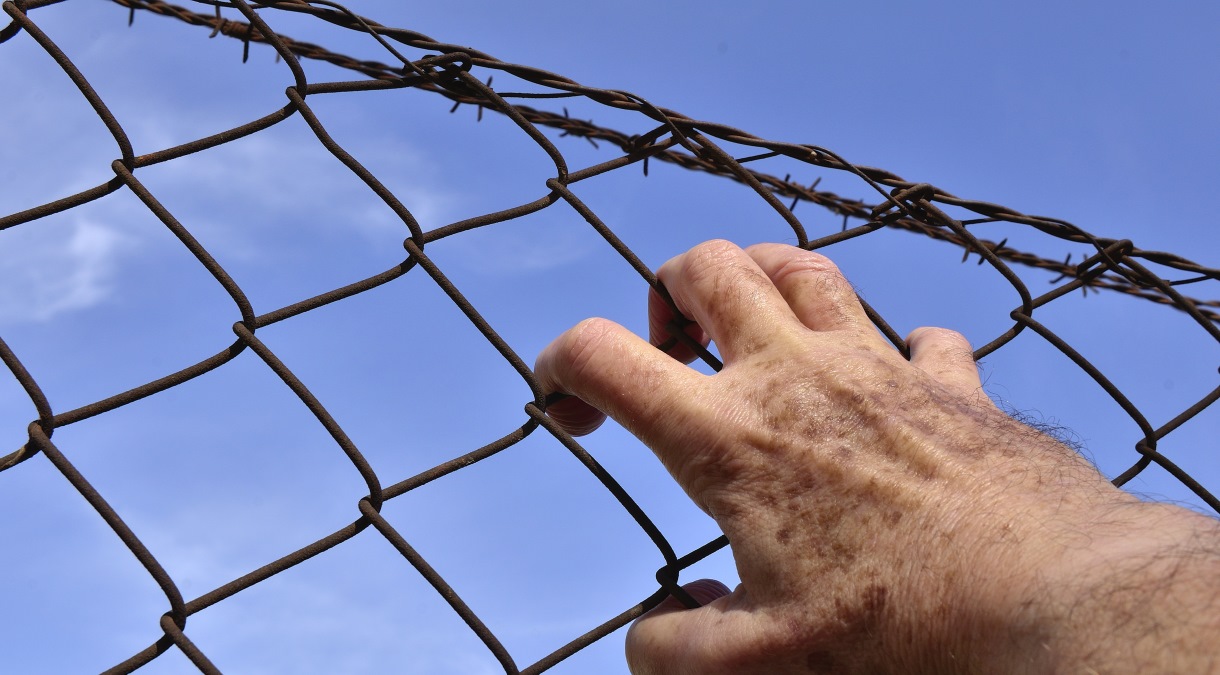It must have taken some courage for Mr O’Neil to sit on the sofa next to Victoria Derbyshire and openly talk about his initial relief at his acquittal for rape but then his subsequent distress in having a Sexual Risk Order (SRO) placed upon him as a result of the criminal investigation.
His SRO is so broad, he has to notify the police 24 hours before he intends to start a sexual relationship and this, he reports, could include a sexual conversation. He described how the police had informed him they would visit this prospective sexual partner and inform them of his previous acquittal for rape. Not the great start to a budding relationship one would normally hope for. Unsurprisingly, Mr O’Neil reported that he hasn’t had an intimate relationship since the interim Sexual Risk Order was imposed.
But what are these orders and why has Mr O’Neil, and many others like him, who have not been convicted of a criminal offence, been placed in such a compromising position? Do SRO’s strike a correct balance between the protection of the public and restriction on personal liberty, freedoms and the right to family and private life?
Sexual Harm Prevention Orders and Sexual Risk Orders were introduced by the Anti-Social Behaviour, Crime and Policing Act 2014 (amending this provision in the Sexual Offences Act 2003) and came into force in March 2015. They replaced the previous Sexual Offences Prevention Orders. The SRO is a civil order which can be sought by the police against an individual who has not been convicted or cautioned for a sexual offence but who is nevertheless thought by the police to pose a risk of harm. The Home office Guidance suggests a risk assessment should include “behaviour that is not wrong by itself but may become so because of the intentions”. How can this be policed when resources to apply for such orders are so low?
In order to impose such an Order, the Court needs to be satisfied that the Order is necessary for protecting the public from sexual harm, thus lowering the old test of “serious sexual harm”. The police set out the conditions required and, if granted, these Orders can prohibit the subject from doing anything described in the order, from foreign travel and internet use, to, as we have now discovered, alerting a prospective partner of an individual’s sexual past and interests. Prohibitions contained in a Sexual Risk Order cannot last for less than 2 years and can be indefinite until a further Order is made. Failure to comply with an Order is a criminal offence, punished with a fine or imprisonment of up to 5 years.
These sweeping powers were introduced following a push for reform from the police who wished to have further powers to curb potential sex offenders where their intelligence indicated a risk of future harm. Arguably, the test set out in R v Mortimer [2010] EWCA Crim 1303 [4] under the old SOPO regime should continue to be followed (conditions should be necessary, appropriate, not oppressive) but the current trend in SRO’s appears to give a tight definition of oppressive and a broad definition of necessary and these Orders can be incredibly draconian, broad and restrictive.
The problem is the police can, and regularly do, apply for an SRO after an acquittal, where evidence has been tested but it does not meet the criminal standard. In order to support their application the police may rely on intelligence which is hearsay, often untested, and occasionally dubious in its origins. The evidential standard for a Sexual Risk Order is relatively low. The police have been known to cite an “association with known sex offenders” as evidence to support a SRO on the basis that an individual (not convicted) had been accused of a sexual offence and was detained in the Vulnerable Persons Unit (where most sex offenders are detained for their own protection). The application is so prejudicial in itself, it would take a brave lay magistrate to contradict the police and find against them.
Individuals who are placed on a Sexual Risk Order face the humiliation of attending Court, the risk of publicity, potential restrictions on their ability to have contact with their children and public shaming. When an application for a Sexual Risk Order is made it is incumbent on the Magistrates’ to scrutinise the evidence and the application given the draconian measures which are available and the length of time these orders can last. Sadly, such scrutiny does not always take place and evidence which was heard in a criminal trial, but did not meet the required evidential standard, may be relied on without restriction but with great prejudice in the Magistrates’ Court SRO proceedings.
A Sexual Risk Order does not require a finding of guilt for a sexual offence, it will be recorded on a Police National Computer and potentially disclosed to an employer under an enhanced disclosure and barring service check. Once an Order is made, anonymity may well be lifted.
Sexual Risk Orders were designed to be prohibitive, to stop people doing things, not designed to warn others of someone’s past, as appears to be the case in Mr O’Neil’s situation. Although these are a civil order, committing a breach is a criminal offence and human rights organisations and Liberty have rightly expressed concern about the greater use of such civil orders, which may be a disproportionate restriction on the ability to have a family or private life and “dangerously blur the divide between the criminal and civil law”.
In Mr O’Neil’s case, he could be jailed for simply having a sexual relationship without informing the authorities in advance. Wider scrutiny of these Orders is required to prevent such draconian measures being pursued and to protect the individual from an inadvertent breach.





